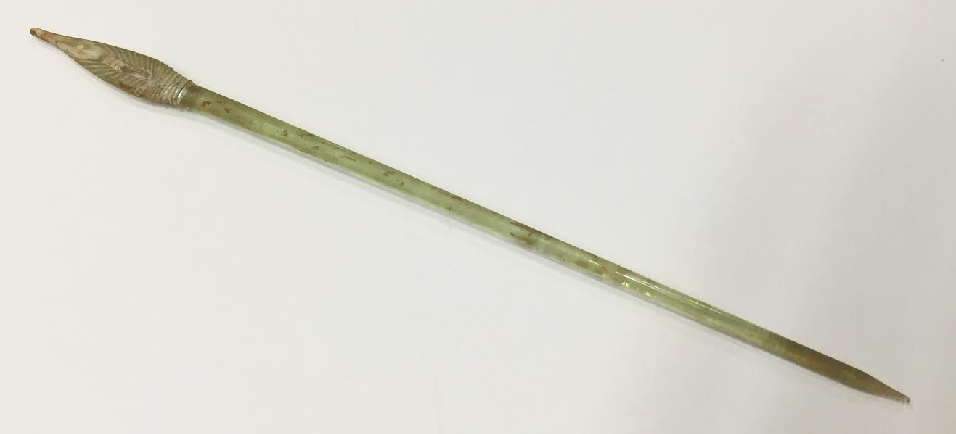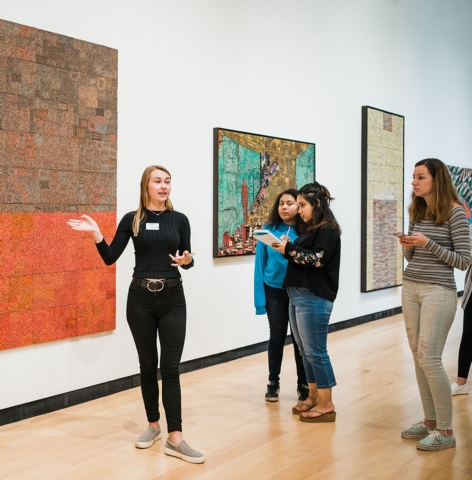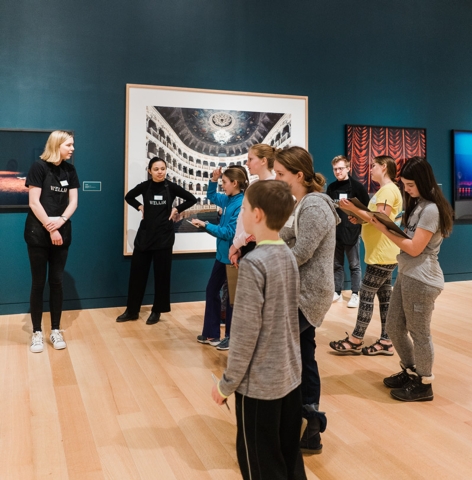Images courtesy of the Ruth and Elmer Wellin Museum.

When I was first introduced to the Wellin’s collection of Cypriot antiquities, I conducted a quick survey of the objects, which were carefully laid out in one of the museum’s seminar rooms. I was able to identify most of the objects with just a quick inspection, noticing many oil lamps and storage vessels. However, there were some more curious objects whose functions were not immediately apparent to me. Two of these objects were long, thin needle-like objects that were each about sixteen centimeters in length. Far too fragile and long for needlework, I took a closer look at the objects to determine their actual function.
objects that were each about sixteen centimeters in length. Far too fragile and long for needlework, I took a closer look at the objects to determine their actual function.
The needles, one green and one blue, are comprised of solid rods that taper at one end to form a point, while the other end resembles the eye of a needle. Archaeologists have discovered many of these needles in the Mediterranean and Near East regions and date them to the early years of Imperial Rome, specifically between the 1st and 3rd centuries A.D. Many scholars believe that these needles were originally used as hair pins or cosmetic applicators rather than for sewing. The Wellin’s needles are quite ornate and feature applied white trailing around the eyes of the needles, which further suggests their function as hair adornments.
The needles are among many other glass pieces in the Wellin’s collection, all distinctly from the Roman Imperial era and all discovered on Cyprus. Looking to take advantage of Cyprus’ location, the Roman Empire seized control of Cyprus in 58 A.D. and established it as a Roman province, until it transitioned to a province of the Byzantine Empire in 330 A.D. This relationship explains why the Roman glass pieces in the Wellin’s collection were discovered on Cyprus, and it reflects another rich part of the island’s long and diverse history.
This post is the eighth part of a series about the origins and history of the Wellin’s recently acquired collection of Cypriot antiquities. For part one, visit https://www.hamilton.edu/wellin/wellinformed/unpacking-the-past







